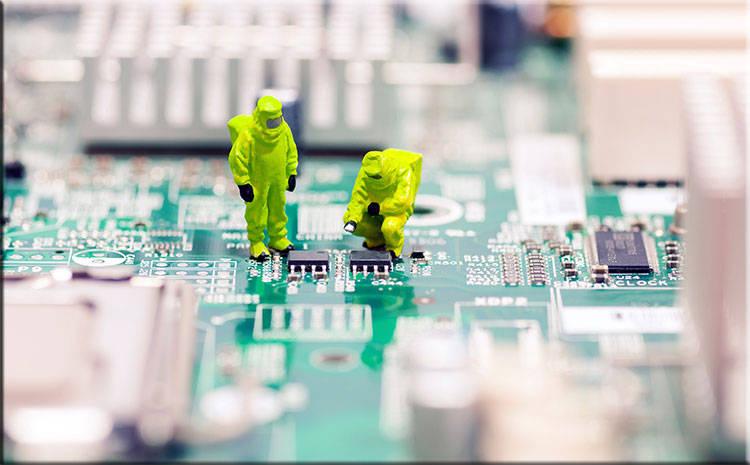As experts in the field of power driver modules, we understand the importance of making informed decisions when selecting the right one for your specific application. In this guide, we will walk you through all the crucial aspects to consider, helping you make the best choice for your project's success.
1. Understanding Power Driver Modules
Before we dive into the details of choosing the right power driver module, let's start with a basic understanding of what these modules are and their significance. Power driver modules, often referred to as PDMs, are electronic devices that control and regulate the flow of power to various components in electrical systems. They play a vital role in ensuring the efficient and safe operation of complex circuits and machinery.
2. Analyzing Your Project Requirements
The first step in selecting the ideal power driver module is to thoroughly analyze your project requirements. Consider the following factors:
Voltage and Current Ratings
Determine the voltage and current ratings necessary for your application. Ensure that the power driver module you choose can handle the specific power demands of your system without any risk of overloading.
Load Type
Identify the type of load the power driver module will be driving. It could be resistive, inductive, capacitive, or a combination of these. Different loads have different characteristics, and the PDM should be compatible with your load type.
Environmental Conditions
Consider the environmental conditions in which the power driver module will operate. Factors such as temperature, humidity, and vibration can impact the performance and longevity of the module. Choose one that can withstand the intended operating conditions.
Protection Features
Safety should be a top priority in any electrical system. Look for power driver modules that come with built-in protection features like overcurrent protection, overvoltage protection, and thermal shutdown to safeguard your circuit and connected components.
3. Types of Power Driver Modules
There are various types of power driver modules available in the market, each catering to specific applications. Some of the common types include:
PWM (Pulse Width Modulation) Power Driver Modules
PWM PDMs are known for their ability to efficiently control the output power by rapidly switching the output between fully on and fully off states. They are suitable for applications where precise control of power delivery is essential.
Analog Power Driver Modules
Analog PDMs provide a continuous range of output voltages, allowing for smooth and seamless adjustments. They are commonly used in applications where the load requires a gradual and linear power delivery.
Digital Power Driver Modules
Digital PDMs utilize digital control techniques to manage the output power. They offer advanced features like remote monitoring, adaptive control, and communication capabilities, making them suitable for complex systems and IoT applications.
4. Evaluating Power Efficiency
Power efficiency is a critical aspect to consider when choosing a power driver module. Higher efficiency means less power is wasted as heat, resulting in reduced energy consumption and improved overall performance. Look for modules with high efficiency ratings to ensure energy savings and optimal operation.
5. Thermal Management
Heat dissipation is a significant concern in power driver modules, especially when operating at high power levels. Adequate thermal management is essential to prevent overheating and potential damage to the module and surrounding components. Consider the size, material, and design of the module to ensure efficient heat dissipation.
6. Reliability and Quality
Reliability is paramount when selecting a power driver module. The longevity and consistent performance of your electrical system depend on the quality of the PDM. Invest in modules from reputable manufacturers known for their high-quality products and excellent track record.
7. Cost-Effectiveness
While quality and performance are crucial, cost-effectiveness is also a significant factor in any project. Compare the features, specifications, and pricing of different power driver modules to find the right balance between performance and budget.
8. Support and Documentation
Choose a power driver module from a manufacturer that provides comprehensive documentation and technical support. Clear datasheets, application notes, and access to technical experts will be invaluable during the integration and troubleshooting stages.
Conclusion
In conclusion, selecting the right power driver module is a crucial decision that can significantly impact the success of your electrical project. By understanding your requirements, evaluating various types of modules, considering efficiency, thermal management, reliability, and support, you can make an informed choice that ensures optimal performance and safety.
Remember, the key is to match the power driver module's specifications with your application's needs. If you carefully consider all the factors we've discussed, you'll be well on your way to choosing the perfect power driver module for your project.


